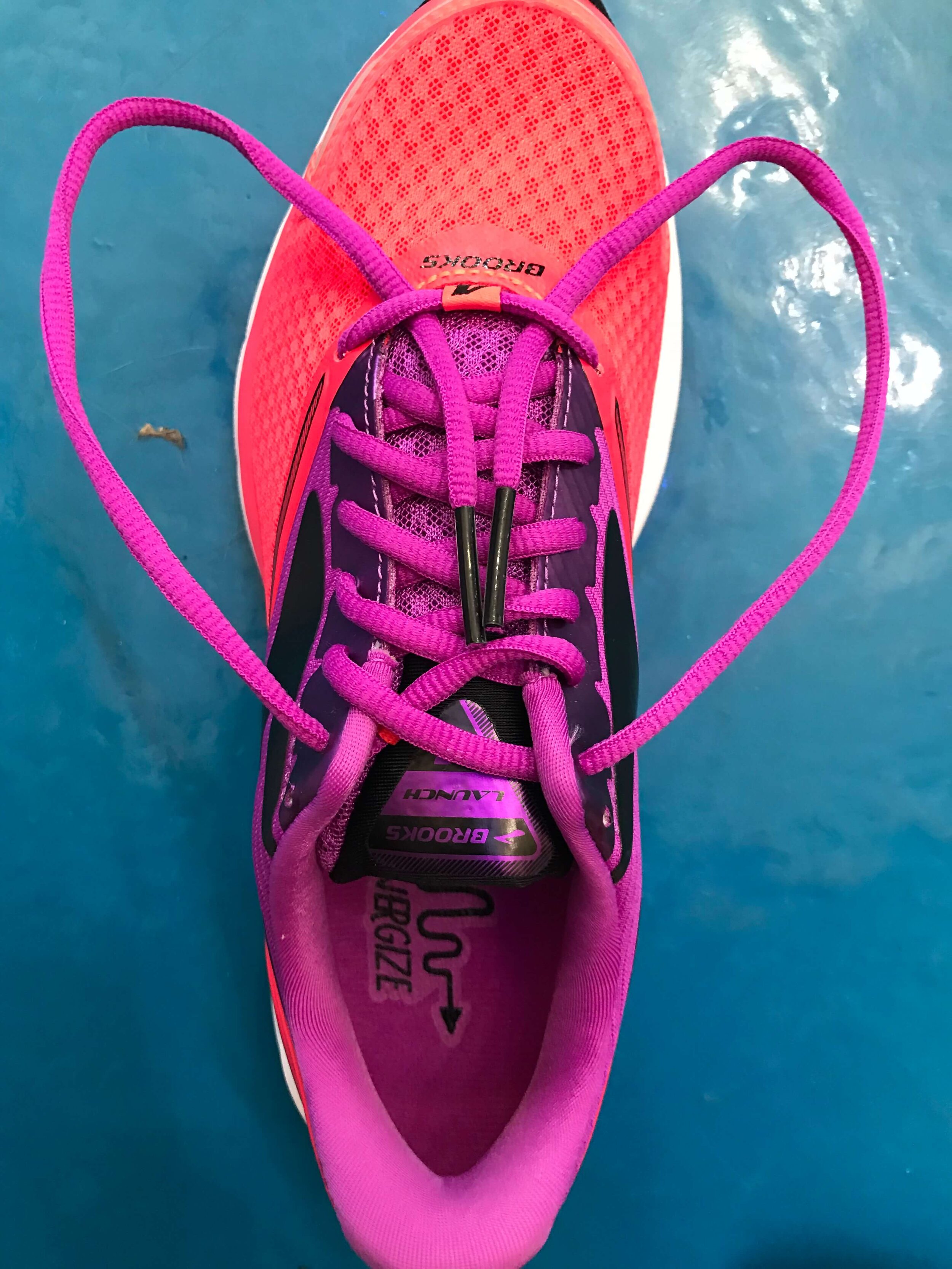If you've been following along you may have read that I had the flu. Cue internet sympathy. Wait? No one cares? Oh yeah. hah.
My eyes stared at the blank MacBook Air screen as I lied on the couch covered in my favorite leopard print blanket (aka Alison), but my foggy flu brain wasn't cooperating. I was easily distracted by Facebook, Netflix (Walking Dead marathon) and coughing fits. I just couldn't pull it together enough to write my usual blog posts for the week. Lucky for me I was working on another printable this week before I got sick, this time a run journal. We'll get back to 52 Healthy Habits next Monday (spoil alert: I was sick so no habits were established) so this week I want to share my new printable with you.
It can be beneficial to journal your runs, not only to track your miles (because most of us have watches and apps that do that) but to track how you feel and how you performed.
Since I am a blogger and a writer at heart it is very natural for me to journal my runs. I don't write a novel each time, but I take note of how many miles I ran, how I felt, what the weather was like, how I slept the night before and what I ate surrounding my run. It's amazing to see how those things can affect your run. Once you start to track these details certain trends may start to emerge.
I like to journal so I can look back and see how far I've come. I seem to forget every summer that the brutal Texas heat takes at least a minute off my pace and then I wonder why I am so slow. The weather can make a big difference! When I journal I can look at my runs from last summer to compare rather than runs during the cooler spring temperatures.
I made this weekly journal that you can print out and jot down notes after your run.
Enter your email below to get the PDF version to print out.
WEEKLY GOAL
It's a good idea to establish a goal for the week. It may be to run three times or a certain number of miles or hit a certain pace, but writing in down and looking over it each day goes a long way on the road to achieving it.
PERSONAL RECORDS
This is a place to record your personal records (your fastest finishing time) for 5K, 10K, 1/2 marathon and full marathon. If you haven't ran these distances you could use this space to record your goal race dates.
DAILY MILES AND PACE
Jot down the number of miles you ran, your pace or how long it took you to complete. At the bottom of the weekly miles there is a space to record your month-to-date and year-to-date miles.
FEEL | WEATHER | FUEL | SLEEP
Just a quick word or two on how you felt during the run, what the weather was like, how you ate and how you slept the night before.
WEEKLY NOTES
Make any notes here during the week or at the end at the week in reflection.
RUNNING SHOES
I like to rotate between two pairs of shoes which makes it harder to keep track of the miles on each pair. Most people need to replace their running shoes every 300-600 miles, depending on type of use (trail runners may need to replace sooner), your weight and other factors. You usually can tell when you need to replace your shoes by the cushioning and the tread, but it's a good idea to have some awareness of how many miles on your shoes. Use this space to keep a running total of the miles on your shoes.
REFLECTION
Take a minute and reflect on your best, your longes, your fastest and your hardest run of the week. Take a moment to pat yourself on the back for another successful week.
Ready? Set? Get it.
Like this post? Please consider sharing.
















Discover the 5 stages of fitness progression—from building the habit to optimizing your routine. Learn how to stay consistent, make progress at your own pace, and create a sustainable fitness lifestyle without the pressure of perfection.